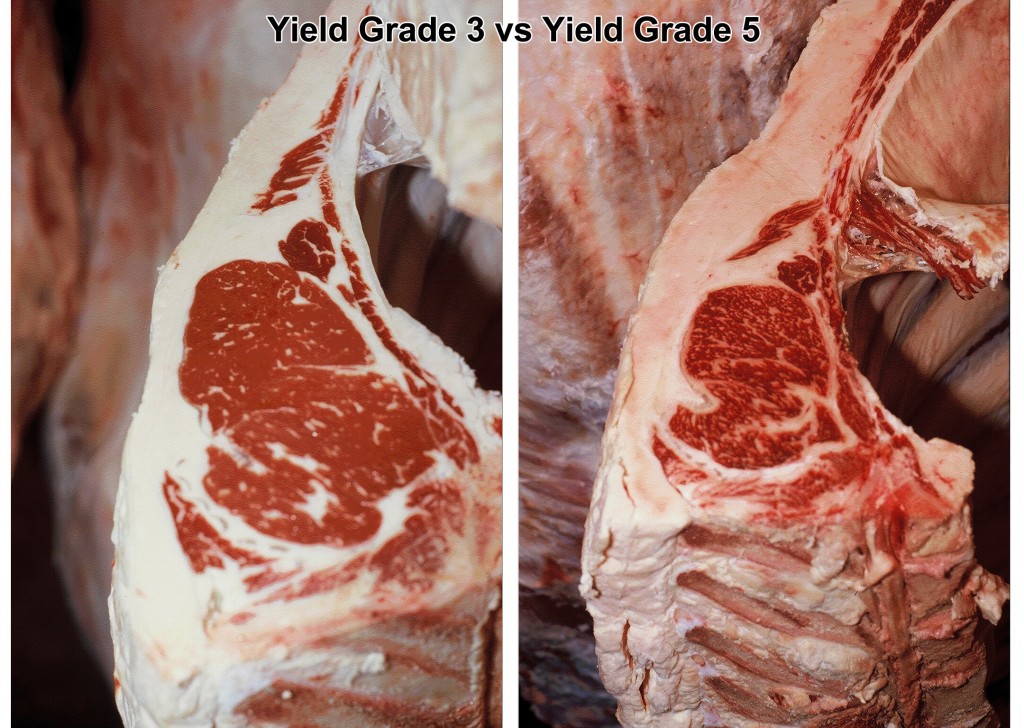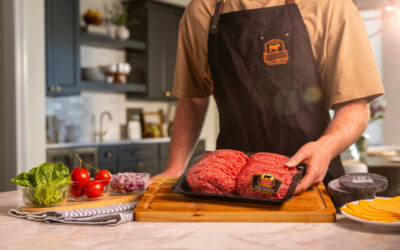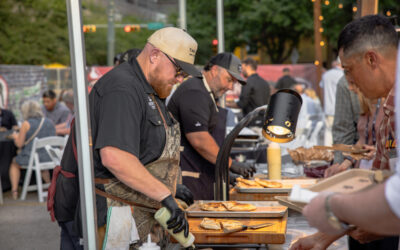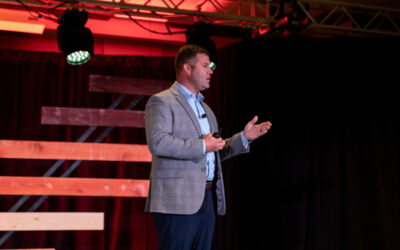
Yield Grades in Beef (Eins, zwei, drei)
I’ve spoken about quality grades, i.e. Prime, Choice, Select, etc. I have spoken about how marbling and maturity are the two items that determine quality grades. This go-round, I’m going to talk about yield grades.
Yield grading is a little easier to quantify, in my simple, little mind, because we assess a numerical score to beef carcasses…….well, not we, but USDA graders! They are, simply, yield grades (YG) 1, 2, 3, 4, and 5.
Simplistically, a YG 1 would be a very lean carcass with little outside fat, while a YG 5 would have an extreme amount of subcutaneous fat, or “bark fat” if you prefer to call it that. A yield grade is an estimate of the amount of closely-trimmed retail cuts that one could expect from a particular carcass. A YG 1 carcass compared to a YG 4 carcass of the same weight should yield more retail product to sell.
Remember how the grader gets to view the ribeye after it is split open? Well, not only does the grader get to view the marbling content, but they also get to see how large the ribeye is in square inches (in relationship to its hot carcass weight), and also how much outside (subcutaneous) fat is on the carcass. They do not individually measure them, but in today’s world, the camera does that by capturing a digital image and calculating the YG.
There is a formula that takes into account the following when assigning a yield grade. They include:
- Fat thickness at the 12th/13th rib (this is the starting point, or preliminary yield grade, noted as PYG). I’ve seen carcasses with 0.05″ and those with 1.5″; but we’d expect most to fall in the range of 0.3″ to 0.8″.
- Ribeye area in square inches (as according to the hot carcass weight). Ribeye area would typically range from 8.0 square inches (extremely small) to 18.0 square inches (extremely large) with most in the 10-16 square inch range. One would expect, as an animal becomes heavier, the ribeye area would be larger, up to physiological maturity, and it does follow that pattern. Therefore, the formula below will reflect that the heavier the carcass is, the larger the ribeye SHOULD be.
- Kidney, pelvic, and heart fat (fat that is inside the body cavity, noted as KPH and expressed as a percentage of the hot carcass weight). The range here would be 1.0% up to 5%; most will be 2.5 to 3.5%. This bears the least on the formula in terms of the final yield grade, but it does figure into the final score.
Example: Let’s take for instance an 800 lb carcass. Let’s say, for kicks and giggles, it has 0.80″ of fat cover, and a 14.0 square inch ribeye. And, the KPH fat is 3.5%.
We plug these figures into the YG formula, which is: 2.5 + (2.5 * fat thickness) + (.2 * %KPH) + (.0038 * hot carcass weight) – (.32 * ribeye area)
So: 2.5 + (2.5 * 0.80) +( 0.2*3.5) + (0.0038*800) – (0.32*14.0) =
(2.5 + 2.0 + 0.7 + 3.04) – 4.48
8.24 – 4.48 = 3.76 yield grade (simply stamped a “YG 3”).
For those of you who are mathemeticians, you might guess that changing some of these figures can greatly affect yield grade. For instance, if this had been a 725 lb carcass, what would you guess the YG might be? That’s right, 3.475; still stamped a YG 3. But, let’s take the fat down to 0.5 and now it’s 2.475, or a YG 2.
Why is this important? In most grid programs, YG 1 and YG 2 carcasses are paid a premium for them. A YG 3 is the “standard” by which MOST grids figure as “par value” on carcass pricing. In other words, there are no premiums or discounts for YG 3’s. But there are premiums for 1’s and 2’s; conversely, there are discounts for 4’s and 5’s. And, you guessed it, the discounts for 4’s and 5’s are far larger than the premiums for the 1’s and 2’s.
They can be as little as ten bucks, but can go all the way up to $20 or $25 per cwt on the carcass weight. So that same 800 lb carcass, if it is a YG 4, will get discounted from the par value by $160. That’s a pretty fair chunk of change, so you need to be careful not to get too many cattle too fat.
Likewise, cattle with small ribeye areas can affect yield grade. If that 800 lb carcass had a 11.5 square inch ribeye, wth that same 0.80″ of fat thickness, it’s yield grade would calculate to a 4.56, or a “4”. On the flip side, if it had a much larger ribeye area and less fat thickness, it (the YG) would be lower, numerically.
So, there ya go. Your primer on quality grade and yield grade in beef cattle, easy as one, two three… or, eins, zwei, drei. I shoulda been a teacher.
Next time, I’m going to discuss some new and exciting DNA testing for yearling gain and marbling as a tool to use in helping select replacement heifers and screen feeder cattle. Till next time, Adios! Actually, I should say, auf wiedersehen, since I’m mostly German! HA!
You may also like
Success, Despite Challenges
Today’s market is complex and competitive. The collective effort of stakeholders across the supply chain positions Certified Angus Beef to meet the record demand for premium beef moving forward. Signals across the beef industry are clear and Angus farmers and ranchers seeking high-quality genetics that deliver premium beef are producing a product in high demand.
Keep the Supply Coming
A record-high 800 registrants from 17 countries gathered in Austin, Texas, to learn more about CAB, become inspired by the culinary work of chefs and pitmasters, and celebrate sales and production success. But at the forefront: supply and demand, a reflection of the chaotic past year, and preparing for what’s ahead.
Consumer Demand, Power of Quality
Demand for high-quality beef persists. But with that demand comes challenges. From tight cattle supplies to higher costs and increasing pressure on retailers to deliver a consistent eating experience, the pressure is on. David O’Diam, CAB VP of retail, addressed the current retail beef environment, highlighting both opportunities and challenges in today’s marketplace.




